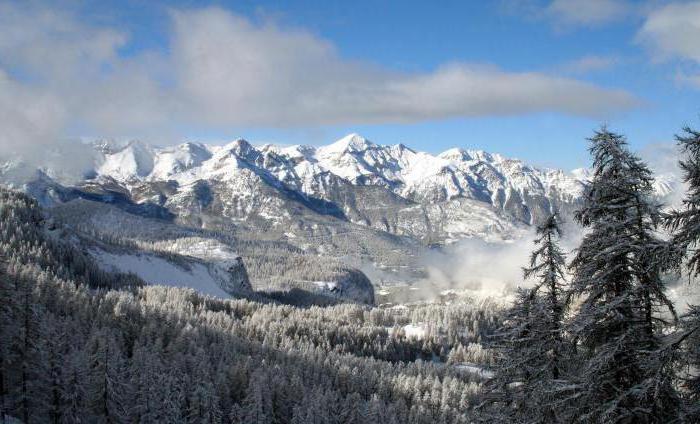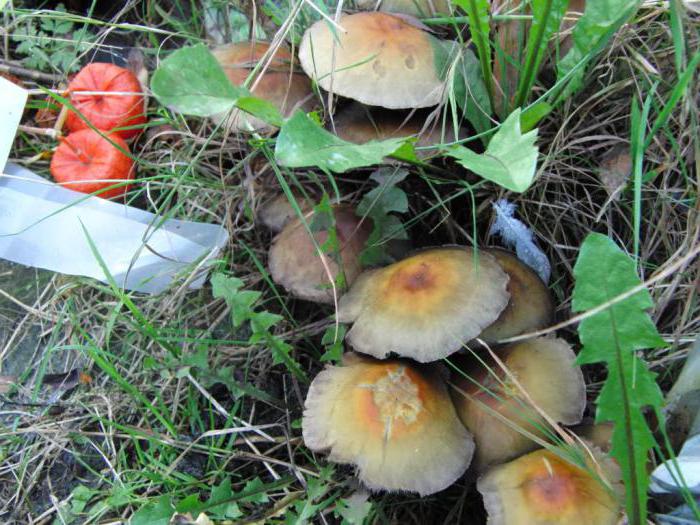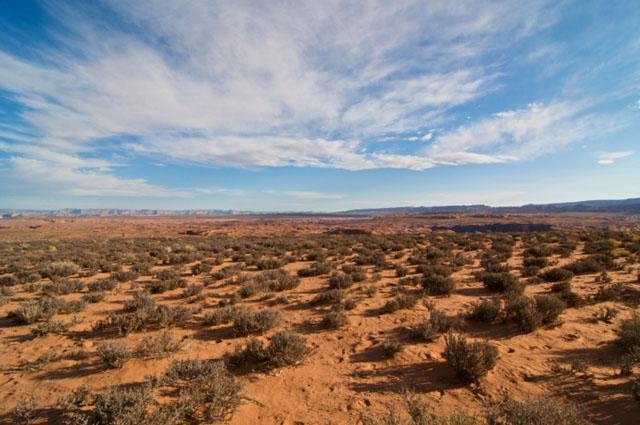Biome - what is it?
Scientists have been trying to classify ecosystems on the planet for a long time. But due to the lack of rank and the huge number of natural ecosystems, it is not possible to classify each puddle and sand dune with its own ecosystem. Ecologists decided to classify multiple combinations of ecosystems - biomes.
Biome - what is it?
We hear a lot about different biomes, but few of us realize how precisely this word is characterized. In a general sense, a biome is a large biological system with its own climate. This system is characterized by the dominant plant species or landscape in it. There is such a definition as terraria biomes. This means what minerals, wood, animals are mined on its territory. For example, the deciduous forest biome is dominated by deciduous trees. Or a mushroom biome - an area with a humid climate suitable for the life of different types of fungi and their spores. If you move from the north to the equator, you can see all the major biomes.
How many main biomes?
Which biomes predominate and how many are there? Ecologists have identified nine major biomes on land. The first biome - the second - taiga. Further, the deciduous forest biome in the temperate climate zone, the steppe biome, chaparol (Mediterranean flora), savannahs, thorny (tropical) woodlands, and the ninth biome is tropical forests. Each of them is unique in terms of climate, flora and fauna. A separate, tenth point is the eternal ice - the winter biome.

Tundra and taiga
The tundra is a biome with perennial plants. It occupies most of northern Eurasia and part of North America. It is located between the southern forests and polar ice. The farther the tundra moves away from the ice, the more extensive the area of treelessness becomes. Conditions for life in the tundra are harsh, but despite this, great things and plants live here. The tundra is especially beautiful in the summer season. It is covered with a thick layer of greenery and becomes a haven for migrating animals and birds. The basis of the plant world is lichen, moss. Undersized are a rarity. The main inhabitant of the tundra - there are many polar foxes, hares and voles. Another resident is the lemming. This little animal causes great harm to the tundra. These animals eat a huge amount of not rich vegetation of the tundra, which is not able to recover quickly. Due to the lack of food, the entire animal world of the biome suffers.
Taiga is a biome of coniferous (northern) forests. Located in the Northern Hemisphere, it occupies approximately eleven percent of all land. Almost half of this territory is occupied by larch, the rest of the trees are pines, spruces, and firs. There are also some deciduous ones - birch and alder. The main animals are moose and deer (from herbivores), there are more predators: wolves, lynxes, martens, mink, sable and wolverine. A huge number and variety of rodents - from voles to moles. Amphibians living here are viviparous, this is due to the short summer, during which there is no way to warm up the masonry. The partridge also belongs to the main inhabitants of the taiga.

Deciduous forests and steppes
Deciduous forests are located in a comfortable zone with a temperate climate. This is mainly the east of the United States, Central Europe and part of East Asia. There is a sufficient amount of moisture, severe cold winters and long warm summers. The main trees of this biome are broad-leaved: ash, oak, beech, linden and maple. There are also conifers - spruce, sequoia and pine. The flora and fauna are well developed here. A variety of predators are represented by wild cats, wolves, foxes. Large population of bears and deer, badgers, rodents and birds.
Steppes. The basis of this biome are the prairies of North America and the steppes of Asia. There is not enough rainfall here, which would be enough for the growth of trees, but enough to prevent the formation of deserts. The steppes of North America have a wide variety of herbaceous plants and herbs. There are undersized (up to half a meter), mixed grass (up to one and a half meters) and tall grass (plant height reaches three meters). The Altai Mountains divided the Asian steppes into eastern and western. These lands are rich in humus, constantly sown with cereals, and places with tall grass are adapted for pastures. All artiodactyl mammals have long been domesticated. And the wild inhabitants of the steppes - coyotes, jackals and hyenas have adapted to live peacefully in the neighborhood of people.

Chaparol and the desert
Mediterranean vegetation occupied the area around the Mediterranean Sea. It has very hot dry summers and cool winters with high humidity. The main plants here are bushes with thorns, herbs with a bright aroma, plants with thick glossy leaves. Trees cannot grow normally due to climatic conditions. Chaporol is famous for the number of snakes and lizards that live here. There are wolves, roe deer, lynxes, cougars, hares and, of course, kangaroos (in Australia). Frequent fires prevent the invasion of the desert, favorably affecting the soil (returning useful substances to the ground), which is good for the growth of grasses and bushes.
The desert stretched its possessions over one third of the entire land mass. It occupies arid territories of the earth, where precipitation falls less than two hundred and fifty millimeters per year. There are hot deserts (Sahara, Atacama, Aswan, etc.), and there are also deserts where in winter the air temperature drops to minus twenty degrees. This is the Gobi Desert. Sands, bare stones, rocks are typical for the desert. The vegetation is sparse seasonal, mainly spurges and cacti. The animal world consists of small creatures that can hide under stones from the sun. Of the large species, only the camel lives here.

tropical biomes
Savannahs are vast expanses of thick grass and occasional lone trees. The soil here is rather poor, tall grass and spurge predominate, trees - baobab and acacia. Large herds of artiodactyls live in the savannas: zebras, wildebeest and gazelles. Such a number of herbivores is not found anywhere else. The abundance of herbivores also served as an abundance of predators. Cheetahs, lions, hyenas, leopards live here.
Spiny woodland is found in South and Southwest Africa. There are rare deciduous trees, bizarrely shaped prickly bushes.
Tropical forests are found in South America, West Africa, Madagascar. Constant high humidity promotes the growth of dense and huge plants. These forests reach seventy-five meters in height. Rafflesia arnoldi grows here - it is the largest flower in the world. The soil in the tropics is poor, the main nutrients are concentrated in the already existing plants. Annual felling of a huge number of these tropics in fifty years can provoke the largest biological catastrophe.







